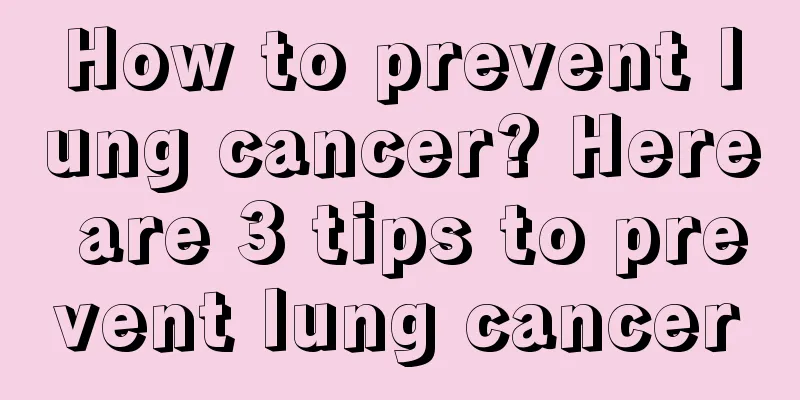Criteria for judging cardiac and respiratory arrest

|
The criteria for judging cardiac and respiratory arrest are first divided into primary and secondary. They are mainly caused by diseases of the heart and lung functions and other organs, such as myocardial infarction, coronary heart disease, respiratory tract burns, etc. Another reason is congenital problems with lung function or heart function, which will lead to cardiac and respiratory arrest in patients. Once the patient has this disease, he should take appropriate care and treatment measures to recover as soon as possible to ensure that there may be some complications in the body, which needs to be understood clearly. Pathogenesis From the perspective of the occurrence mechanism, cardiac and respiratory arrest can be roughly divided into two categories: primary and secondary. Primary Primary refers to those caused by diseases of the heart and lungs themselves, such as myocardial infarction, coronary heart disease, pulmonary infarction, respiratory tract burns, respiratory tract obstruction, etc. Secondary Secondary means that the heart and lung organs themselves are normal, but due to diseases in other parts or organs, pathological changes in the whole body occur, resulting in cardiac and respiratory arrest, such as severe trauma, electric shock, drowning, shock, poisoning, acid-base imbalance, electrolyte disorder, autonomic nervous system disorder, etc. But no matter what the cause is, it is caused by direct or indirect mechanisms such as reduced coronary perfusion, arrhythmia, weakened myocardial contractility or decreased cardiac output. Rescue methods If a patient is found to have cardiac and respiratory arrest, he should be placed in a supine position immediately. 1. Determine whether the patient is conscious. 2. Check whether the aorta is pulsating. 3. Observe for breathing. If none of the above is present, it should be considered as cardiac arrest and the patient should be given CPR (cardiopulmonary resuscitation) immediately. A. Open airway The first aider presses the forehead with his right hand to tilt the head back and lifts the chin upward with his left hand. At the same time, use your fingers to remove foreign objects from the patient's mouth and nasal cavity. B. Artificial respiration Pinch the patient's nose and perform mouth-to-mouth artificial respiration. C. Chest compression Press the base of your palm on the patient's sternum, at the midpoint of the line connecting the two breasts. Frequency: 100 times/min. Press to a depth of 4 to 5 cm. After every 30 compressions, artificial respiration should be performed twice. After 5 consecutive cycles, the patient's breathing and circulation signs should be reassessed. |
<<: Open tuberculosis isolation measures
>>: Which organ secretes insulin
Recommend
Bloodletting therapy for acne
In this appearance-oriented society, many people ...
What do you know about the prognosis of ovarian cancer
If ovarian cancer is treated in different ways, t...
What are some sugar-free fruits?
People with high blood sugar cannot eat fruits wi...
What to do if your lips are broken and bleeding
If your lips are broken and bleeding, you must no...
What are the early symptoms of lung cancer? Early treatment and care methods for lung cancer
Lung cancer is the most common malignant tumor of...
Experts explain the advantages of electrochemical interventional treatment of esophageal cancer
Electrochemical intervention is a very effective ...
What are the hot fruits and vegetables
People with cold constitution have relatively poo...
How high is the incidence of bile duct cancer?
The incidence of bile duct cancer is on the rise ...
What vegetables are good for preventing colorectal cancer?
Rectal cancer is one of the most common cancers. ...
How to gain weight through fitness?
Being too thin in life is also a very distressing...
The examination of fibroids varies according to their type
In life, how do we judge diseases like fibroids? ...
Can pregnancy test sticks be used during the day?
Pregnancy test sticks can be used at any time, bu...
How to prevent liver disease
There are many types of liver disease, all of whi...
How to treat mild vertebral bone hyperplasia
Many patients with bone hyperplasia should pay at...
Do this once and you won’t get cancer in ten years
The "2012 China Cancer Registry Annual Repor...









